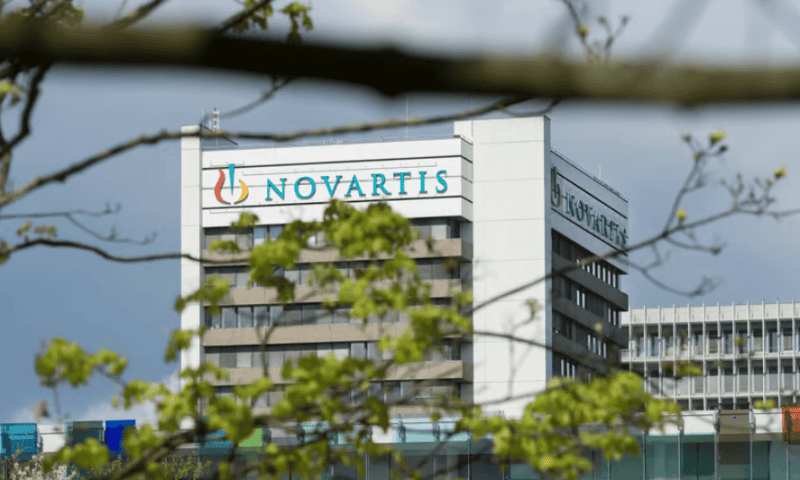Novartis is looking to offload part of its catalog of diagnostic radiopharmaceutical agents, held under its Advanced Accelerator Applications portfolio, according to a report from Bloomberg.
These injections pair a radioactive marker with a binder designed to attach to specific proteins that may be overexpressed by certain cancer cells to highlight them for imaging scanners and help outline tumors of the brain, prostate, gastrointestinal system and elsewhere.
According to the report, the Swiss Big Pharma is in the early stages of shopping around for a buyer—specifically for its diagnostic agents—and deliberations are ongoing.
Novartis’ AAA division also markets and develops anti-cancer therapies using the same molecular binders—by swapping out a weaker radioactive isotope for a stronger one, it aims to turn precision diagnostic imaging agents into tumor-cell-killing drugs.
For example, the company’s pipeline lists two products in early development targeting a protein found on the surface of cells that help feed blood to growing glioblastoma brain tumors: one employing a gamma-ray-emitting isotope of gallium, used in diagnostic PET/CT scans, while the other taps lutetium-177, which emits damaging beta particles.
Lutetium-177 also powers the therapeutic Lutathera—which Novartis recently pitched as a potential first-line therapy in gastroenteropancreatic neuroendocrine tumors, also known as GEP-NETs, following a successful phase 3 trial last month that combined it with the synthetic hormone Sandostatin.
AAA has also received diagnostic approvals for Netspot and SomaKit, which use gallium-68 to label neuroendocrine tumors; Locametz, which employs the same radioisotope in prostate cancer; and Gluscan, which helps track glucose metabolism with fluoride-18.
Novartis has been looking to slim down over recent years and has undergone major restructuring while setting up a spinout of its Sandoz generic drug division, slated for this week. Last year, it also unloaded five eye drugs to ophthalmic company Harrow, and this past summer handed off the dry eye disease eyedrop Xiidra, plus other assets, to Bausch + Lomb in a $2.5 billion deal.
Novartis first acquired AAA, a spinout from CERN launched in 2002, through a $3.9 billion deal in late 2017.
Radiopharmaceuticals have attracted recent strong investor interest. RayzeBio, a 2023 Fierce 15 winner, previously assembled about $418 million across four venture capital rounds before going public through a mammoth $311 million IPO this past September.
RayzeBio’s lead therapeutic candidate uses the same binder as Novartis’ Lutathera to also target GEP-NETs but swaps out lutetium-177 for actinium-225—an isotope that emits more destructive alpha particles, capable of delivering hundreds of times the energy within a much smaller radius, amounting to just a few widths of a cell.
Meanwhile, today Eli Lilly announced the acquisition of Point Biopharma Global to join the cancer radiopharmaceutical arena for $1.4 billion. Point’s two lead therapeutic programs are aimed at metastatic castration-resistant prostate cancer and GEP-NETs.

